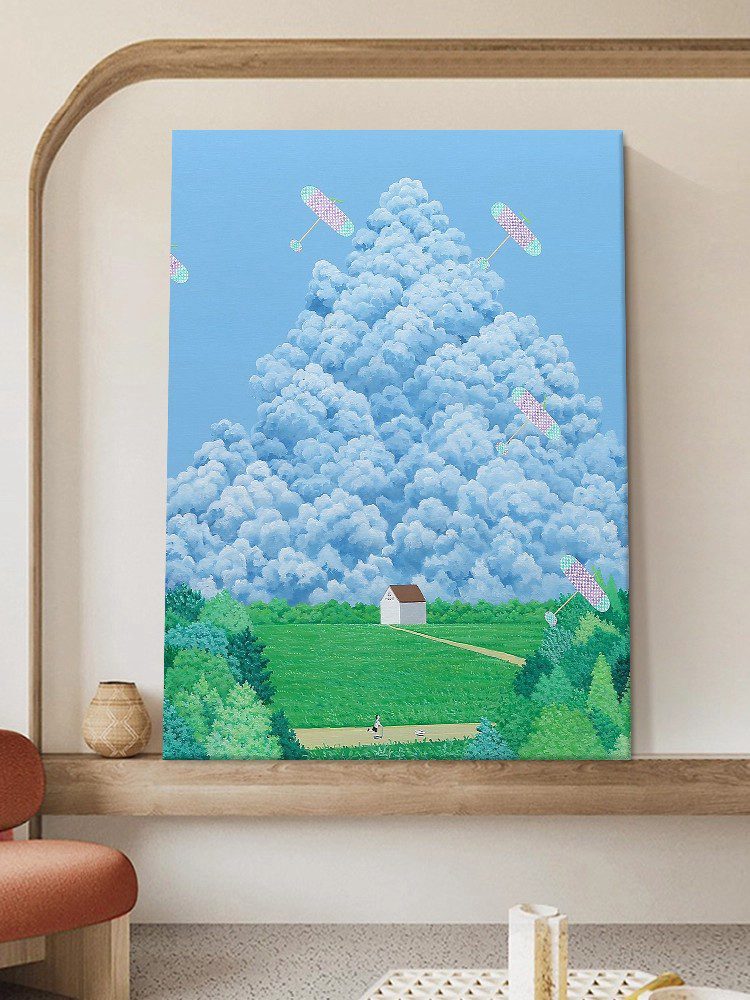Solutions for Paint Flaking or Detachment in Artworks
Paint flaking is a frustrating issue that can compromise the longevity and appearance of a painting. This problem often arises from improper surface preparation, incompatible materials, or environmental factors. Below are practical strategies to address and prevent paint detachment without relying on specific products or brands.
Strengthening Adhesion Through Surface Preparation
A weak bond between the paint and the substrate is a leading cause of flaking. Ensuring the surface is properly conditioned can significantly improve adhesion:
- Clean the surface thoroughly before painting. Dust, oils, or old varnish residues create a barrier between layers. Use a lint-free cloth and mild soap solution to remove contaminants, then allow the surface to dry completely.
- Apply a suitable ground layer if working on raw canvas, wood, or other porous materials. A thin coat of gesso or acrylic medium creates a stable foundation that grips paint more effectively. For non-porous surfaces like metal, lightly sanding the area can enhance texture and adhesion.
- Avoid painting over unstable layers. If previous paint is cracking or peeling, scrape or sand it back to a sound surface before repainting. Building new layers on compromised foundations will only exacerbate the issue.
Adjusting Paint Consistency and Application Techniques
The way paint is mixed and applied impacts its flexibility and durability. Thick, rigid layers are more prone to cracking and detachment over time:
- Thin paint with appropriate mediums instead of water (for acrylics) or solvents (for oils). Adding a small amount of retarder or flow improver can extend drying time, allowing layers to bond more thoroughly. Avoid over-thinning, which can weaken the paint film.
- Build layers gradually rather than applying thick impasto in one go. Thin, overlapping strokes create a more flexible structure that moves with environmental changes. Allow each layer to dry partially before adding the next to prevent slippage.
- Use soft, flexible brushes for application. Stiff bristles can create drag marks or uneven textures, leading to weak spots in the paint film. Synthetic brushes are often ideal for acrylics, while natural-hair brushes work well with oils.
Managing Environmental Factors to Prevent Flaking
Fluctuations in temperature and humidity can cause paint to expand and contract, leading to stress fractures and detachment. Controlling the painting’s environment is crucial for long-term stability:
- Display artworks away from direct sunlight and heat sources. Prolonged exposure to UV rays or high temperatures can accelerate drying and cause brittleness. Use UV-filtering glass in frames if possible.
- Maintain consistent humidity levels in storage areas. Extreme dryness or moisture can weaken adhesion. Aim for a relative humidity of 40–60% to minimize expansion and contraction cycles.
- Avoid hanging paintings in bathrooms or kitchens, where steam and grease are common. These particles can settle into the paint surface, creating a sticky layer that attracts dust and degrades adhesion over time.
Addressing Existing Flaking Without Professional Help
If paint has already begun to detach, take immediate action to stabilize the area:
- Isolate the affected section by carefully lifting loose edges with a scalpel or fine brush. Do not force flaking paint, as this can cause further damage.
- Consolidate the area with a diluted adhesive (such as a water-based PVA solution for acrylics or a conservator-approved resin for oils). Apply the adhesive sparingly using a small brush, working from the center outward to avoid trapping air bubbles.
- Press the flaking paint gently into place with a clean, dry tool once the adhesive becomes tacky. Place a piece of silicone release paper over the repaired area and weight it down lightly to ensure even contact while drying.
By focusing on surface preparation, application techniques, and environmental control, artists can significantly reduce the risk of paint flaking and preserve their works for years to come.
